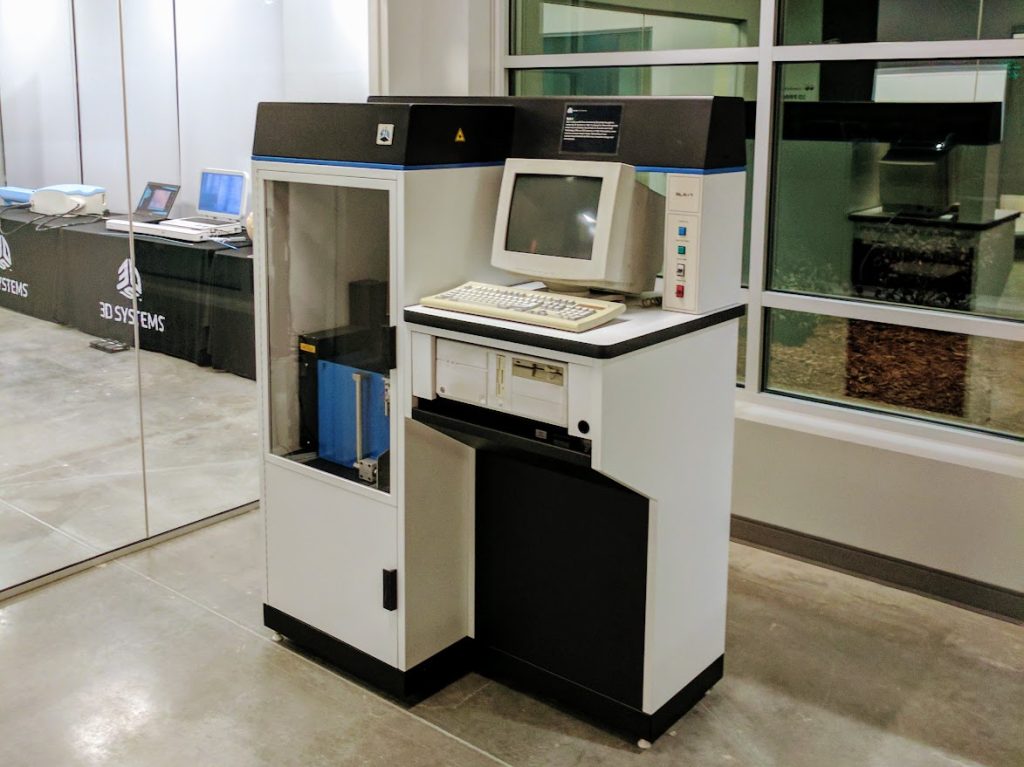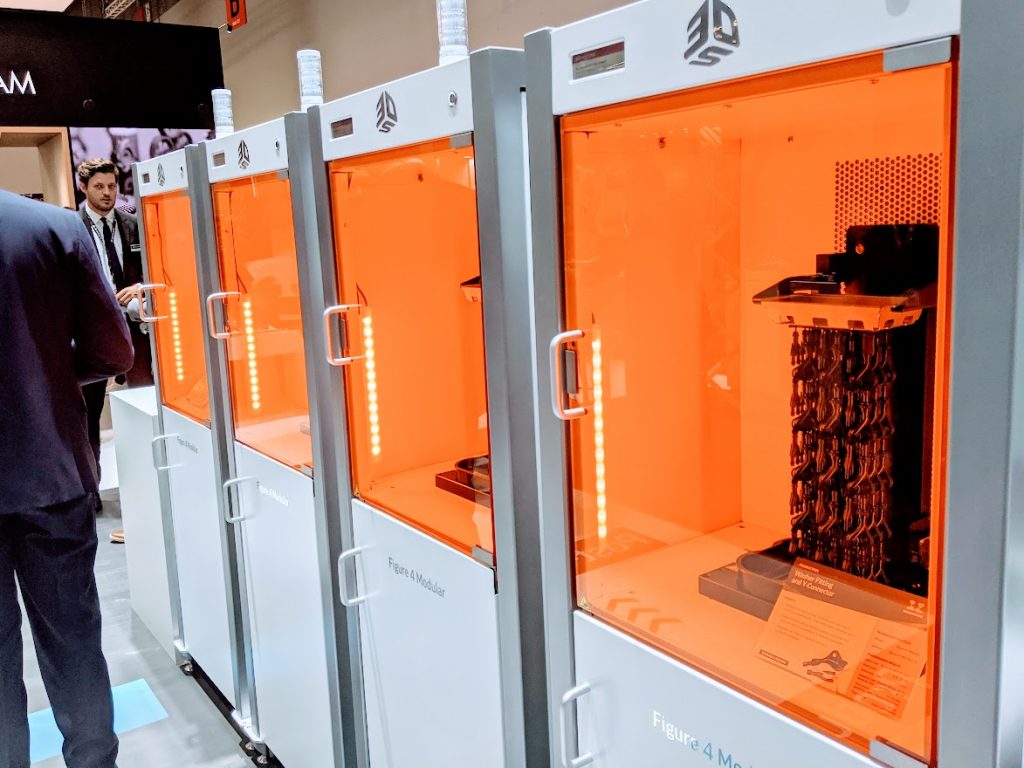3D Systems was the first company to commercialize SLA 3D printing, therefore no series on the State of Resin 3D printing would be complete without their insights.
Dr. Edwin Hortelano is the Senior Vice President, Materials Engineering and Development at 3D Systems. Responsible for all materials development at 3D Systems, Dr. Hortelano brings experience gained from a long career in materials science and chemistry-focused enterprises, including a stint as CTO for Bostik Inc.
In this article, Dr. Hortelano discusses exciting recent developments in material development for thermoset, thermoplastic like, and elastomeric materials.
We want to hear from you. Where is resin 3D printing winning and what are the hurdles? Take the Spotlight on Resin 3D Printing survey now.

3DPI: How have you seen resin-based 3D printing develop in recent years?
Dr. Edwin Hortelano: Overall, the industry continues to expand the properties that can be delivered with 3D printers. 3D Systems has played a significant role in this innovation. For example, we’ve released many new materials for our Figure 4® printers in recent years that expand the properties that can be addressed with photopolymers. I’m especially excited about Figure 4 PRO-BLK 10, which not only has excellent long-term stability but also exhibits properties that are often associated with a thermoplastic in a thermosetting material. Figure 4 PRO-BLK 10 fills many of the short- and long-term requirements for materials used in final part production.
Across the industry, there have also been some promising developments with elastomeric materials. In particular, some of the developments with silicone-based materials have been quite interesting.
I believe that the industry will continue to expand the properties that can be delivered by continually enhancing the chemistry to create these materials.

3DPI: What do you consider the next technology hurdles for photopolymer-based 3D printing to overcome?
Dr. Edwin Hortelano: Beyond expanding the physical properties, I anticipate the photopolymers will increase in value as there are improvements in long-term stability as well as other properties such as flame retardancy, conductivity, color, or reduced environmental impact. There is still a great deal of work to do, however, 3D Systems is making great strides in this regard. We’re currently experimenting with a material with which we’ve been able to achieve UL V0 with wall thicknesses less than 2mm, which is considered good performance. This particular material also prints under normal conditions; that is, a heated build chamber isn’t required.
Additive manufacturing has the potential to reduce the environmental burden for the production of plastic parts by minimizing waste and delivery costs. As a company, we are working to include more raw materials in our portfolio that come from sustainable sources. There are currently a significant number of materials in our polymeric portfolio that contain renewable materials. We’re working to expand the number of products with renewable content in the coming years.
3DPI: What applications of vat photopolymerization do you see as under-developed by the market, and why?
Dr. Edwin Hortelano: At this time, materials for vat photopolymerization applications (i.e., stereolithography or SLA) are mostly used for prototyping or limited-life applications such as investment casting. Applications of SLA for long-term uses are currently underserved because of the slow speed and lack of production-grade materials.
3DPI: Where are opportunities for materials development in regards to vat photopolymerization technology?
Dr. Edwin Hortelano: I believe one of the biggest opportunities is to develop new materials that promise longer life to serve production applications. 3D Systems recently introduced our Accura® AMX Rigid Black material to facilitate such applications. This is a derivative of Figure 4 PRO-BLK 10, one of our most successful materials for production applications, adapted for vat photopolymerization. We intend to continue with the strategy of using our Figure 4 resins as a source for new vat photopolymerization products to help our customers address their production application needs.
More articles in this series: The State of 3D Printing: Resin.
We want to hear your opinion on resin 3D printing, take the survey now.
Want to contribute further? Get in contact if you’d like to share your thoughts on this topic.
Subscribe to the 3D Printing Industry newsletter for the latest news in additive manufacturing. You can also stay connected by following us on Twitter and liking us on Facebook.
Looking for a career in additive manufacturing? Visit 3D Printing Jobs for a selection of roles in the industry. Subscribe to our YouTube channel for the latest 3D printing video shorts, reviews, and webinar replays.
Featured image shows an early 3D Systems Logo. Photo by Michael Petch.


